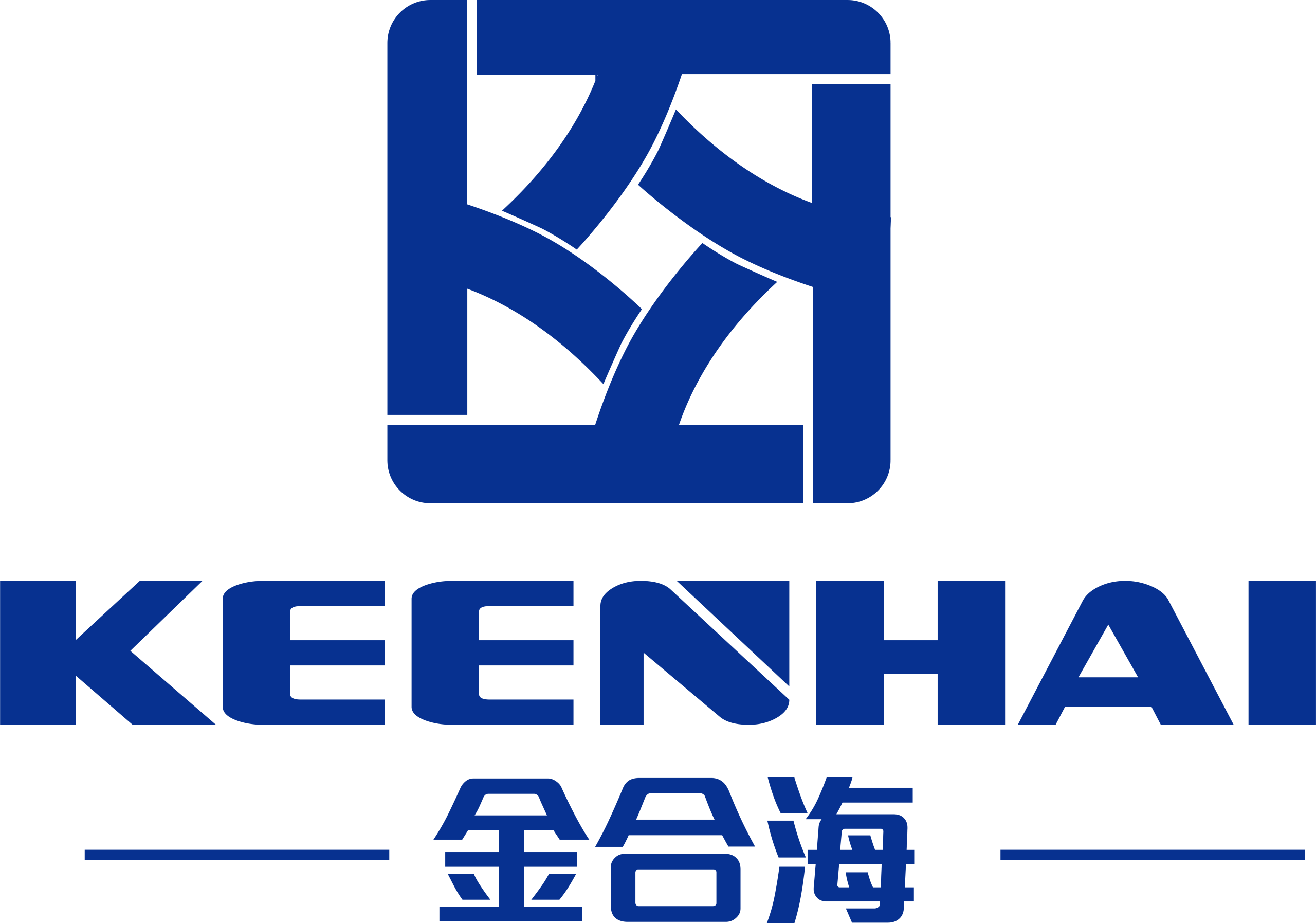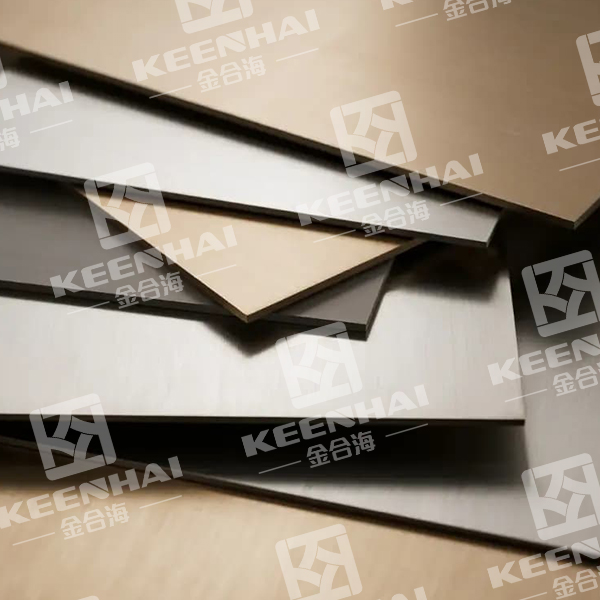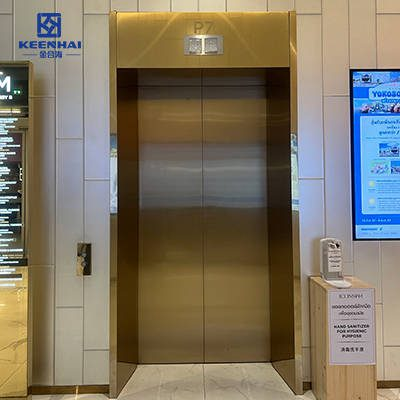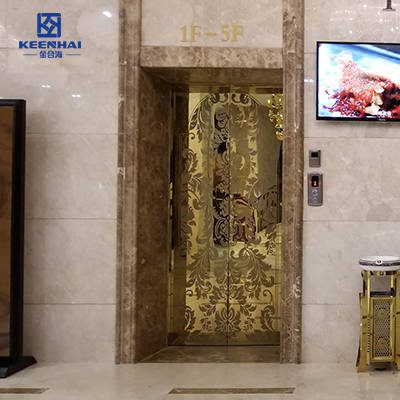How long does passivation last on stainless steel?
Stainless steel is prized for its resistance to corrosion, but that protection isn’t inherent—it relies on a thin, invisible layer called the passive film. Formed through a process called passivation, this layer acts as a shield against rust and degradation. Yet, a common question persists: How long does passivation last on stainless steel? The answer depends on several key factors, from environmental conditions to maintenance practices.

The Passive Layer: What It Is and How It Works
Passivation is a chemical process that removes free iron from stainless steel’s surface, allowing a chromium-rich oxide layer to form. This layer, just a few nanometers thick, self-heals when damaged under normal conditions, reacting with oxygen to regenerate and maintain protection.
It’s this self-healing ability that makes passivation effective, but it’s not indestructible. Harsh environments or physical damage can wear it down over time, which is why understanding its lifespan is critical for preserving stainless steel’s performance.
Factors That Determine Lifespan
How long does passivation last on stainless steel? It’s rarely a one-size-fits-all answer, as several variables come into play:
-
Environment: In dry, indoor settings (like residential kitchens or offices), the passive layer can last 10–15 years or more. In humid, coastal areas with salt spray, or industrial environments with chemicals, it may degrade in 3–5 years. Salt, chlorine, and acidic substances accelerate breakdown by overwhelming the self-healing process.
-
Stainless Steel Grade: Higher chromium-nickel alloys (like 316) resist corrosion better than lower grades (like 304). Their passive layers are more robust, extending lifespan by 2–5 years in harsh conditions.
-
Surface Damage: Scratches, abrasions, or weld splatter can breach the passive layer. While minor damage heals, deep or frequent scratches leave the steel vulnerable, shortening passivation’s effectiveness.

Real-World Lifespan Scenarios
To put it in context, consider these common applications:
-
Outdoor Furniture (304 Stainless): Exposed to rain and occasional salt in coastal areas, passivation typically lasts 4–6 years before signs of surface rust appear.
-
Industrial Pipes (316 Stainless): Used in chemical processing, they face constant exposure to corrosives. Passivation here may last 2–4 years, requiring re-passivation to maintain protection.
-
Kitchen Appliances (304 Stainless): In dry, low-corrosion environments, the passive layer often remains intact for 10–15 years, with proper cleaning.
Extending Passivation Lifespan
Proper care can significantly extend how long passivation lasts on stainless steel. Regular cleaning with mild detergents removes contaminants like salt, grease, or chemicals that erode the passive layer. Avoiding abrasive tools prevents scratches, while periodic re-passivation (especially in harsh environments) replenishes the protective layer.
For critical applications—like medical equipment or food processing machinery—scheduling re-passivation every 1–3 years ensures ongoing protection, even in challenging conditions.
So, how long does passivation last on stainless steel? It ranges from 3 to 15+ years, shaped by environment, steel grade, and maintenance. By understanding these factors and taking proactive steps to protect the passive layer, users can maximize stainless steel’s corrosion resistance, ensuring it performs reliably for years to come. The key is matching expectations to the conditions and investing in care that preserves that vital, invisible shield.






